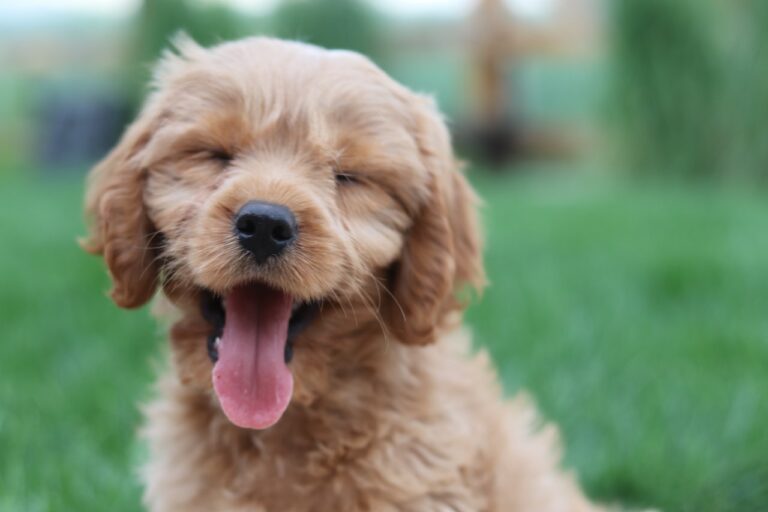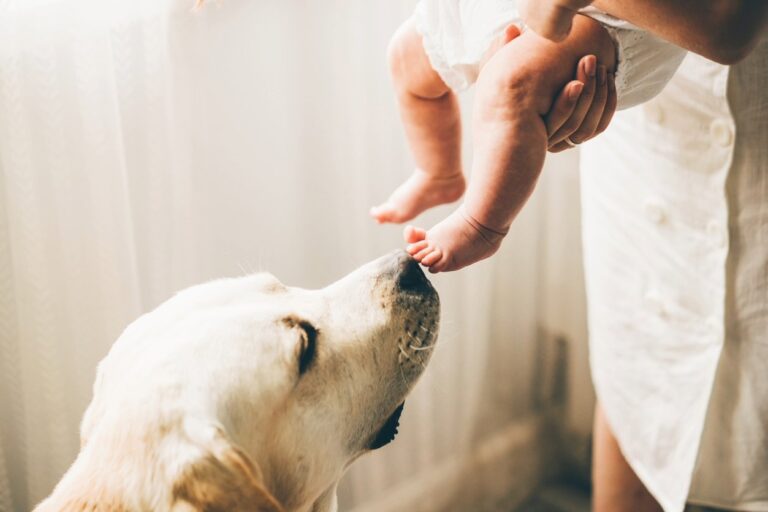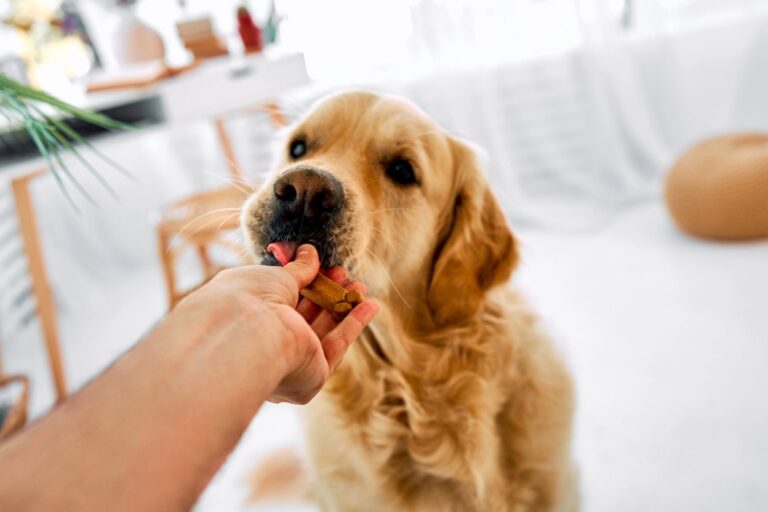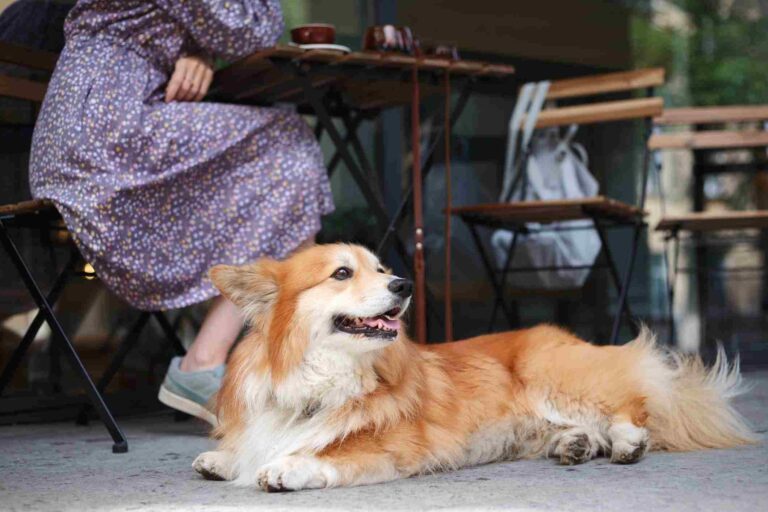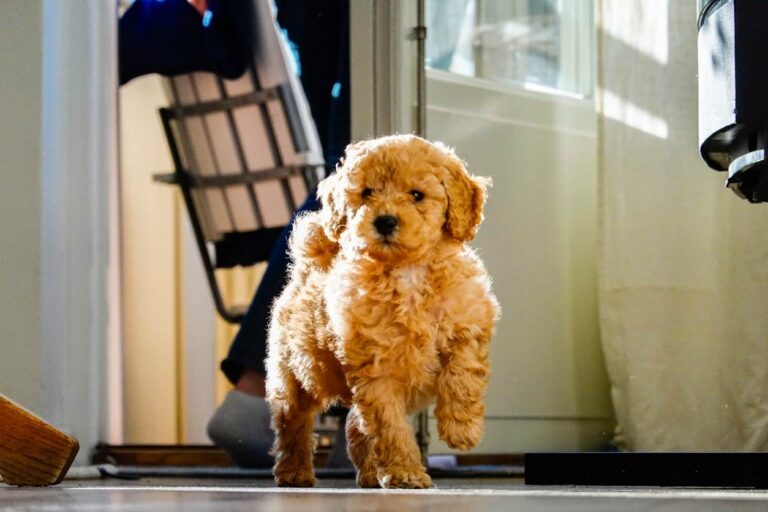The puppy phase is notorious for sleepless nights, many accidents, and endless potty trips outside, but it doesn’t have to be! With just three steps, we will show you the most effective way to potty train your puppy.
What you need:
- Crate
- Collar and Leash (non-retractable)
- Treats, something tasty that the dog NEVER gets
Step 1: Positive Reinforcement
Your puppy will need to use the bathroom every time they are let out of the crate, woken up from a nap, or during times of high excitement (like when they zoom around the room). Puppies should use the bathroom AT LEAST every two hours, depending on their age/breed, when they are awake.
We recommend going through the same door to the same place in the yard to help the puppy associate that area with using the bathroom. Give the puppy 10 minutes outside, as some puppies may go more than once. Each time they have finished pottying, directly after they come out of the squat, give them three high-value treats (chicken, hotdogs, squeeze cheese, etc), one at a time. You are teaching your puppy that every time they go to the bathroom outside, it’s a really really good thing.
Step 2: Watch for Accidents or Place them in the Crate
You should have eyes on your puppy whenever you are home so you can monitor for accidents. We recommend using a leash to tether them to something sturdy in the room, so they can’t wander and have an accident. Alternatively, you can block off spaces with baby gates and have the puppy drag a leash. You already use treats to teach your puppy it’s a great thing when you go outside, now they need to learn that it is a bad thing when they go inside.
When you catch the puppy having an accident, immediately give a loud verbal reprimand, “NO!!!” while clapping your hands, and use the leash to take them outside immediately. If they choose to finish relieving themself outside, give them the three tasty treats. It’s very important that you are catching every accident inside, otherwise, your puppy will learn to go to the bathroom inside where you can’t see them. Consistency is key! Again, the puppy needs to learn that every time they go to the bathroom outside, good things happen, and every time they go inside, bad things happen.
If you are not able to watch your puppy, they should be put in their crate. The crate should have nothing absorbent in it, and the puppy should only have enough room to lay down, stand, and turn around. The confined space and lack of absorbent material will discourage accidents.
Step 3: Food and Water Schedule
Creating a consistent food and water schedule for your puppy can greatly help with housebreaking and how to predict when your puppy needs to use the bathroom.
Meals
Feed your puppy 2-3 times each day as directed by your veterinarian. We recommend feeding your puppy their kibble on the crate floor, so the puppy associates good things with their crate, and it will further discourage accidents if they are eating off the floor of it. Food takes somewhere between 6-12 hours to digest, depending on the age and size of your puppy. However, eating ALSO stimulates the bowels to eliminate the last meal. This means that after your puppy has finished eating, you may need to take them out to potty. For dinner, we recommend feeding as close to bedtime as possible, at most an hour or two before bed. This will increase the likelihood that your puppy can sleep overnight.
Water
Instead of allowing your puppy free access to water, we recommend offering it on a schedule. It breaks the cycle of sipping water/peeing on the floor that happens over and over again, often frustrating owners. We recommend offering water to the puppy every two hours. Water takes about 1-2 hours to pass through a puppy’s digestion, so you’ll learn how long they can hold it. Plus drinking water stimulates their bladder, just like eating did to the bowels. With this in mind, we recommend leaving the water bowl outside. One, this will teach your puppy to ask to go out to the bathroom. Two, when they drink it outside it will stimulate their bladder and make them more likely to go after drinking. Just make sure that you are not allowing them water before they come back inside. Finally, cut off the water two hours before you leave them in their crate or put them to bed overnight. This way you can be sure that they do not need to use the bathroom when you’re gone.
During the day, a puppy can be in their crate for one hour longer than the months they are old. For example, if your puppy is 3 months old, they can probably hold it in their crate for 4 hours during the day. Overnight, most puppies starting at 2 months old can hold it for 8 hours throughout the night. If your puppy is excessively whining in the crate, make sure you are following the above protocols strictly. Then you can ignore any whining, as it is likely for attention rather than actually needing to potty.
Potty training sounds simple, but we know it can be a lot of work! If you have any questions or need help, please feel free to reach out to our team.
